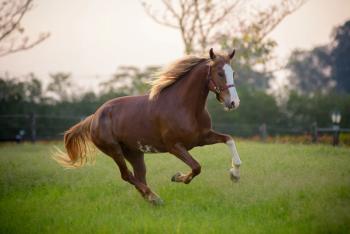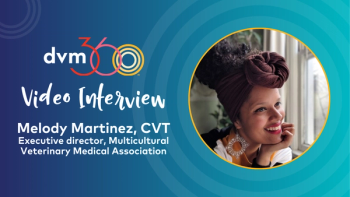
|Articles|November 1, 2009
Physical examination for technicians: Part 1 and 2 (Proceedings)
A technician's checklist for physical examinations
Advertisement
I. Head and neck
- Check face for symetry (right vs left), open
- Mouth and check teeth, mucous membranes, tonsils,
- Tongue, look as far back in the throat as possible
- With the dog awake. Check ears externally and with
- Otoscope.
- Palpate all surfaces including neck feeling for
- Assymetry, lumps, bumps, etc. Feel lymph nodes and
- Compare right and left sides of the neck. Palpate the
- Trachea and listen to the trachea with a stethascope
II. Chest area
- Auscultation of the chest (lungs and heart).
Advertisement
- Palpate the outer chest area for lumps, bumps,
- Lacerations, parasites, etc.
III. Abdominal area
- Palpate the abdomen for masses and tenderness.
- Palpate the outer surface of the body for lumps,
- Bumps, breaks in the skin surface and parasites, etc.
IV. Anal and caudal area
- Examine the anus and caudal area by lifting the
- Tail and visually examining the structures and by
- Doing a digital palpation of the anus. Part the lips of
- The vulva and look inside as far as possible in the
- Female and palpate the testicles in the male for
- Symetry, texture and regularity. Express anal sacs.
- And do a fecal exam.
V. Legs, spine and bone structure
- Palpate each and every bone seperately. Flex and
- Extend each joint seperately keeping all other joints
- Immobile. Palpate each and every dorsal spines of the
- Vertebrae. Flex and extend the neck and observe for
- Pain etc.
VI. Look at any and all lab work
- Check for any lab value that is out of the
- Normal range and bring this to the veterinarians
- Attention. Record the temperatur and weight of the
- Animal in the record daily. Observe the attitude of
- The animal and appetite.
- Notes:
Newsletter
From exam room tips to practice management insights, get trusted veterinary news delivered straight to your inbox—subscribe to dvm360.
Advertisement
Advertisement
Advertisement






